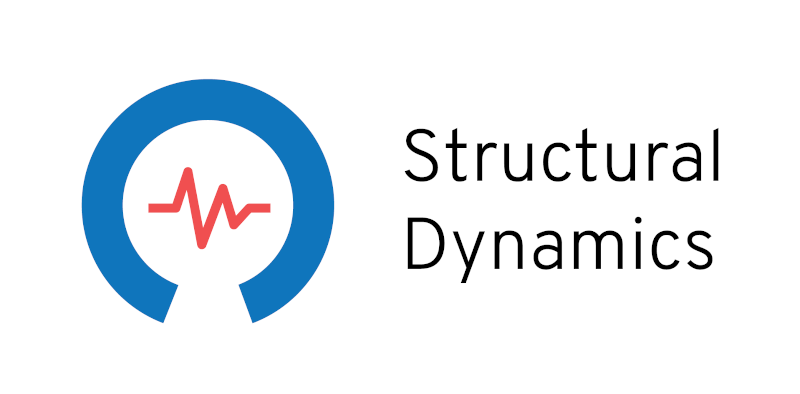View(s): 1133 (4 ULiège)
Download(s): 208 (0 ULiège)
Computational Modeling of Nonlinear Dynamics and Its Utility in MEMS Gyroscopes.

Attached document(s)
original pdf fileAbstract
This paper describes a hybrid approach for modeling nonlinear vibrations and determining essential (normal form) coefficients that govern a reduced-order model of a structure. Incorporating both computational and analytical tools, this blended method is demonstrated by considering a micro-electro-mechanical vibrating gyroscopic rate sensor that is actuated by segmented DC electrodes. Two characterization methods are expatiated, where one is more favorable in computational tools and the other can be used in experiments. Using the reduced model, it is shown that tuning the nonuniform DC bias results in favorable changes in Duffing and mode-coupling nonlinearities which can improve the gyroscope angular rate sensitivity by two orders of magnitude.
To cite this article
About: Donghao Li
Department of Mechanical and Civil Engineering, Florida Institute of Technology, Florida 32901, USA
About: Steven W. Shaw
Department of Mechanical and Civil Engineering, Florida Institute of Technology, Florida 32901, USA / Department of Mechanical Engineering, Michigan State University, Michigan 48824, USA / Department of Physics and Astronomy, Michigan State University, Michigan 48824, USA
About: Pavel M. Polunin
Department of Mechanical Engineering, Michigan State University, Michigan 48824, USA / Department of Physics and Astronomy, Michigan State University, Michigan 48824, USA






